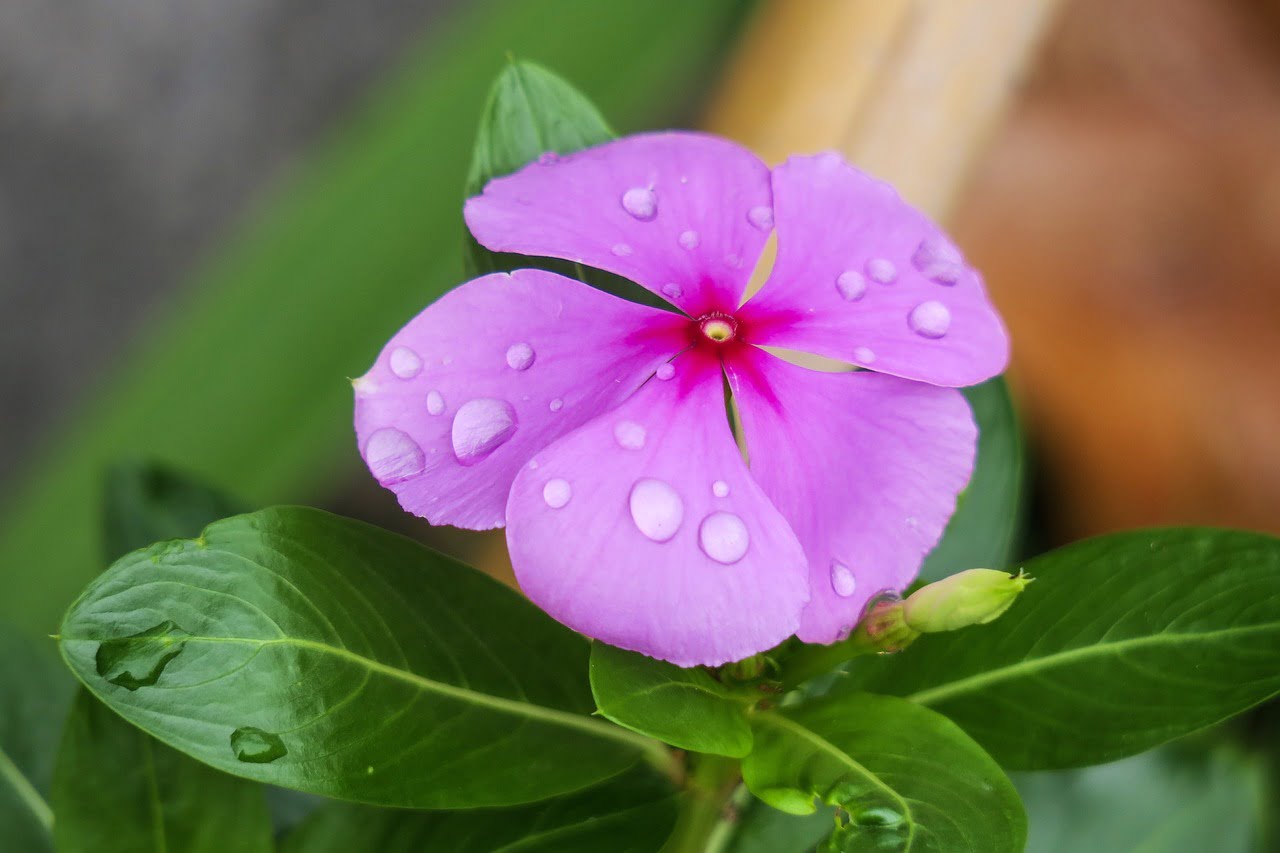
Periwinkle planting guide
Outline:
- Introduction
- Introduce Periwinkle and its significance in gardening
- Understanding Periwinkle
- Describe the characteristics and varieties of Periwinkle
- Choosing the Right Location
- Explain the ideal planting location and soil conditions
- Planting Periwinkle
- Step-by-step guide to planting Periwinkle
- Watering and Fertilizing
- Best practices for watering and fertilizing Periwinkle
- Pruning and Maintenance
- Tips for keeping Periwinkle healthy and vibrant
- Dealing with Pests and Diseases
- Common pests and diseases that affect Periwinkle and how to handle them
- Periwinkle in Landscaping
- Creative ways to incorporate Periwinkle in your garden
- Benefits of Periwinkle
- Highlight the environmental and health benefits of Periwinkle
- Periwinkle Folklore and Symbolism
- Explore the cultural significance and symbolism of Periwinkle
- Conclusion
- Summarize the key points and importance of Periwinkle in gardening
- FAQs
- Address common questions about planting and caring for Periwinkle
- Periwinkle planting guide
Introduction
Periwinkle, with its lovely blooms and lush green foliage, is a popular choice among gardeners for its beauty and versatility. In this guide, we will delve into the world of Periwinkle and uncover the secrets to successfully cultivating and caring for this charming flower in your garden. Whether you’re a seasoned gardener or a novice, by the end of this article, you’ll be equipped with the knowledge and techniques to grow thriving Periwinkle plants that will adorn your landscape with splashes of vibrant colors.
Understanding Periwinkle
Periwinkle, also known as Vinca, is an evergreen plant that belongs to the Apocynaceae family. It comes in various species, with Vinca minor and Vinca major being the most common ones. Vinca minor, the lesser Periwinkle, is perfect for ground cover, while Vinca major, the greater Periwinkle, is better suited for trailing over walls and containers. Both species boast attractive star-shaped flowers in shades of blue, purple, pink, and white.
Choosing the Right Location
Periwinkle thrives in well-draining soil and prefers a location with partial to full sunlight. Before planting, ensure that the chosen area receives adequate sunlight and offers protection from harsh winds.
Planting Periwinkle
Planting Periwinkle is a straightforward process. Start by preparing the soil, digging a hole slightly larger than the plant’s root ball, and gently placing the plant in the hole. Backfill with soil, tamp it down, and water thoroughly.
Watering and Fertilizing
Periwinkle requires regular watering, especially during hot and dry periods. Be careful not to overwater, as it can lead to root rot. Applying a balanced fertilizer once a month during the growing season will promote healthy growth and abundant blooms.
Pruning and Maintenance
Pruning helps maintain the shape and density of Periwinkle plants. Trim back any straggly or overgrown stems to encourage bushier growth. Regularly remove spent flowers to encourage continuous blooming.
Dealing with Pests and Diseases
Periwinkle is generally resilient to pests and diseases. However, keeping an eye out for aphids, slugs, and snails is essential. Use organic pest control methods to prevent infestations and address issues promptly.
Periwinkle in Landscaping
Periwinkle is a versatile plant that can be used in various landscaping settings. It works wonderfully as a ground cover, along borders, or cascading over walls and planters.
Benefits of Periwinkle
Apart from its visual appeal, Periwinkle offers several benefits to your garden. Its dense growth helps control erosion on slopes, and its nectar-rich flowers attract pollinators, supporting biodiversity.
Periwinkle Folklore and Symbolism
Periwinkle has a rich history in folklore and symbolism. It has been associated with love, fidelity, and eternal life in various cultures and traditions.
Conclusion
In conclusion, Periwinkle is an enchanting addition to any garden, providing an array of beautiful colors and contributing to the overall health of your landscape. With its resilience and easy maintenance, Periwinkle is an excellent choice for both seasoned gardeners and beginners.
FAQs
- Is Periwinkle suitable for shady areas?
While Periwinkle prefers partial to full sunlight, it can tolerate some shade. However, it may bloom less in shadier spots. - Does Periwinkle require a lot of water?
Periwinkle needs regular watering, especially during dry spells, but be cautious not to overwater to prevent root rot. - Can I grow Periwinkle in containers?
Yes, Periwinkle, especially Vinca major, can be grown in containers and hanging baskets. - Does Periwinkle attract pollinators?
Yes, Periwinkle’s nectar-rich flowers attract bees, butterflies, and other pollinators. - Are Periwinkle and Madagascar Periwinkle the same?
No, Periwinkle (Vinca) and Madagascar Periwinkle (Catharanthus roseus) are different plants with distinct characteristics and uses.